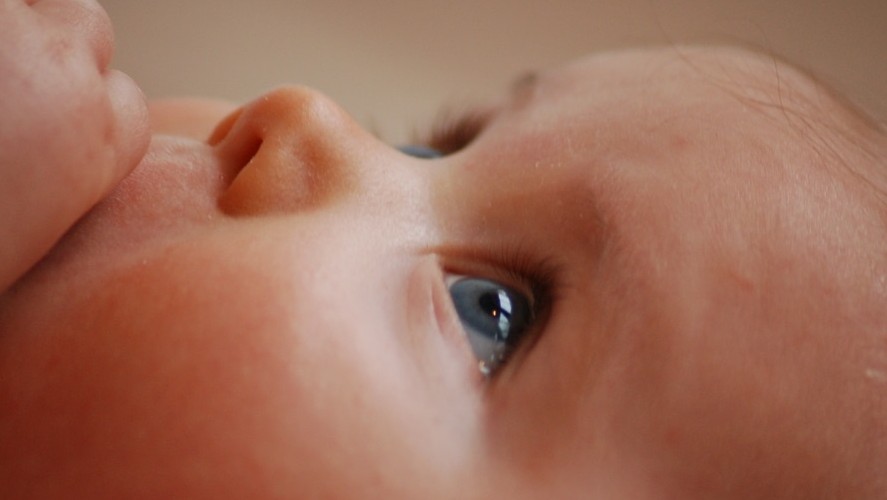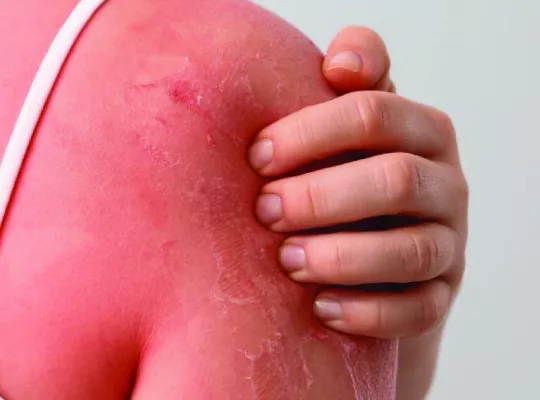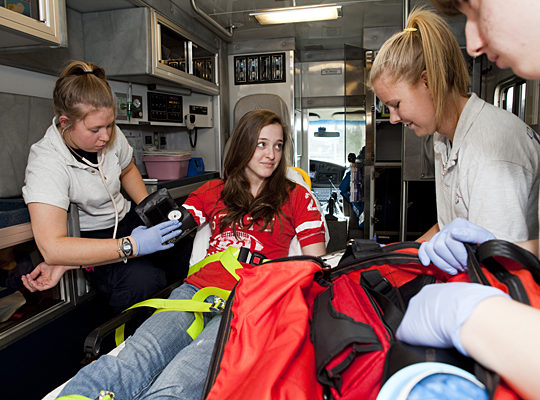
Babies under a year of age are at their most fragile. Of course, no one would want anything bad to happen to their child. We know that this can even be a scary subject to talk about. However, it is important to be informed on how to care for an infant by understanding infant first aid best practices, so in the event of a medical issue, no matter how minor, you know what to do. This topic is something that needs to be covered by every parent. You don’t need to be as educated as your physician on infant first aid. However, understanding common injuries and how to treat them will help you protect your child in many situations. This post will touch on some Infant First Aid techniques that will help you be prepared in the worst-case scenario.
SKIN WOUNDS
Cuts and scrapes are easily treatable at home with the proper care. Like adults, the affected area should always be washed gently with soap and water, applied with an antibiotic ointment, and covered with a bandage. Bandages are to be replaced once a day, or more often if needed, to prevent germs. Be cautious with your bandage choice and keep a close eye, as a bandage can easily become a choking hazard. We recommend the personal care items included in our Kitchen First Aid Kits.*
Bruises can also be cared for at home. Caused by damaged blood vessels, applying a cold compress (wrapped in a towel due to the sensitivity of a newborn) will decrease pain and swelling. Make sure to not apply a cold compress for too long at once. Obviously, infants are more fragile than we are. For this reason, you must only apply the cold compress for 5-10 minutes at a time. After a short break, make sure to repeat this process until the swelling has gone down. This will reduce the amount of pain your child experiences from the bruising and broken blood vessels.
HEAD & EYE INJURY
Head injuries can be an extremely serious matter for babies, not only because it’s head trauma but because their brains are still developing. A baby may have a head, neck, or back injury from falling two or more feet from the ground. You will most likely be able to determine if a serious injury has occured. However, you should always call a doctor for even a mild head injury as a concussion may occur. A doctor’s care is also needed in case of an eye injury. It is common for a child to get bruising around the eye or scratch the cornea.
BURNS
A baby’s skin is far more sensitive to heat than a grown person. If your child has been burnt, you will likely be able to tell the severity. If you can tell that it is a second or third-degree burn, call 911 immediately. You may be unsure of how bad the burn is. In this scenario, it is also best to call. It is best to take all precautions when it comes to your child’s health. Severe burns can cause loss of fluid, breathing difficulties, and permanent damage to the skin. Even if it is a minor burn, make sure to treat the area with first aid supplies. Afterward, we recommend letting your physician know the details of the burn.
Note: Regular check ups while infants are in this crucial developmental stage are necessary. This guide is no substitution for these check ups; it is simply a way to care for minor injuries, or for temporary care on-the-go.
*We also offer some of our items from the Baby Care First Aid Kit for individual sale, all of which can be found here.




